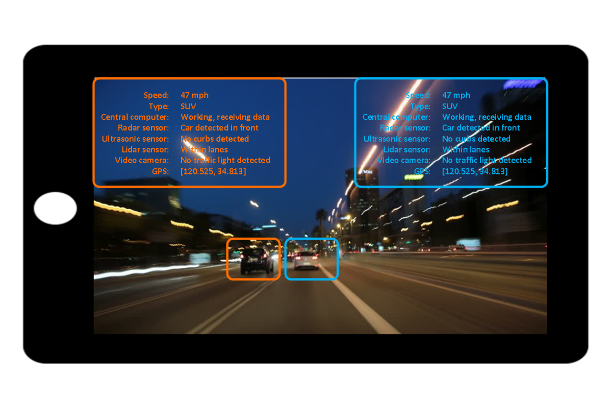381 words, 2 minutes read time.

Even kids in kindergarten now use a Chromebook.
E-learning is everywhere—from elementary school to college.
But based on my experience, E-learning doesn’t always help.
Most online learning uses a screen.
It keeps kids’ eyes busy, but not much else.
I believe real learning happens when eyes, hands, brain, and ears work together.
Kids need to touch, write, draw, and think.
They also need time to process what they see and hear.
That’s why I prefer paper over screens.
Writing and drawing on paper help kids learn better than just tapping on a device.
So I am developing website to provide paper-friendly worksheets.
Math: https://math.aitoolforkids.in/
Logic: https://logic.aitoolforkids.in/
Parents or homeschoolers can help print worksheets out and write, draw on paper!
Students are increasingly using computers or tablets to learn various subjects, with the aim of improving access to knowledge and reducing dropout rates. It’s a convenient way to deliver education, but is it truly effective in helping students gain knowledge?
The E-Learning Experiment: My NSF Proposal
A few years ago, I drafted a proposal for the National Science Foundation (NSF) Education Program on introducing the concept of “connected vehicles” through e-learning platforms.
To prepare for this, I reviewed over 100 education journal papers focused on e-learning—covering everything from the mechanics of e-learning to its impacts on students’ learning outcomes. Despite the growing popularity of e-learning, I personally felt that it may not have as positive an effect on students’ ability to retain and apply knowledge as many proponents claim.

The Case for Pen and Paper


After diving deep into the research on e-learning, I realized that I still prefer the old-school method: pen and paper. There are numerous benefits to writing by hand that digital tools can’t replicate. Writing manually has been shown to improve retention, enhance understanding, and encourage more active engagement with the material. The physical act of writing stimulates the brain in a way that typing or swiping on a screen simply cannot match.
Pen and Paper: Timeless and Effective
Although pen and paper might seem outdated in today’s tech-driven world, I believe they remain an excellent way to learn.
The tactile nature of writing contributes to a deeper understanding of the material. It allows the ability to physically organize thoughts. The focus required to use a pen also helps with learning. In my view, this simple tool—so often overlooked in the age of e-learning—offers significant advantages. Many digital learning platforms simply cannot provide these benefits.
While e-learning has its place and certainly offers convenience and scalability, I am more inclined to stick with pen and paper for its proven cognitive benefits and its ability to engage the learner in a more meaningful way.
Sometimes, the old ways are the best.
So here are my application design philosophy:
- Let the computer programs and AI to generate content
- Then, print it out and have fun!
Pingback: Why Crafting AI Learning Solutions Inspires Kids’ Growth